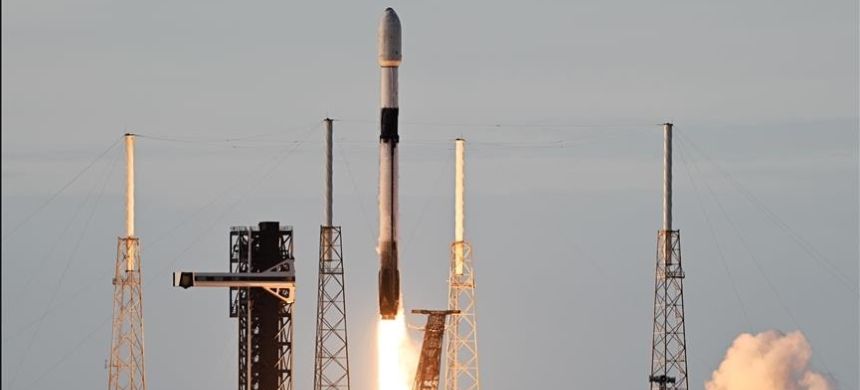In July, several noteworthy scientific and technological advancements were made, highlighting progress across various fields:
Space Technology:
On July 9, Türkiye launched its first domestic communications satellite, Türksat 6A, from Cape Canaveral using SpaceX’s Falcon 9 rocket. This achievement positions Türkiye as one of 11 countries with such capabilities and raises its active satellite count to nine. The launch also sets the stage for Türkiye to potentially become a satellite exporter. Additionally, the James Webb Space Telescope captured images of the interacting galaxies Penguin (NGC 2936) and Egg (NGC 2937), which are expected to eventually merge.
Health Innovations:
A new bionic leg with nerve-centered technology has enabled amputees to walk 41% faster than with standard prosthetics. These bionic legs feature muscle sensors, marking a significant advancement in prosthetic design. In another breakthrough, a detailed brain map has identified about 300 neurons in the prefrontal cortex that respond to word meanings. This discovery could lead to new brain-computer interfaces to assist individuals who have lost their ability to speak.
Also Read: China Inaugurates Its First Commercial Spacecraft Launch Site
Water Collection Technology:
Engineers at the University of Utah have developed a device that collects water vapor from the air and converts it into drinking water. This device uses hygroscopic material to capture and heat water vapor, potentially providing clean drinking water to billions facing scarcity.
Animal World Discoveries:
In Ecuador’s Amazon rainforest, a new glass frog species, Centrolene Kutuku, was discovered, notable for its transparent belly. Additionally, a study of over 250 chimpanzees in Uganda and Tanzania revealed communication patterns similar to human styles, including turn-taking, rapid exchanges, and the use of gestures.
These advancements offer new insights and solutions to ongoing challenges and underscore the rapid progress in science and technology.











